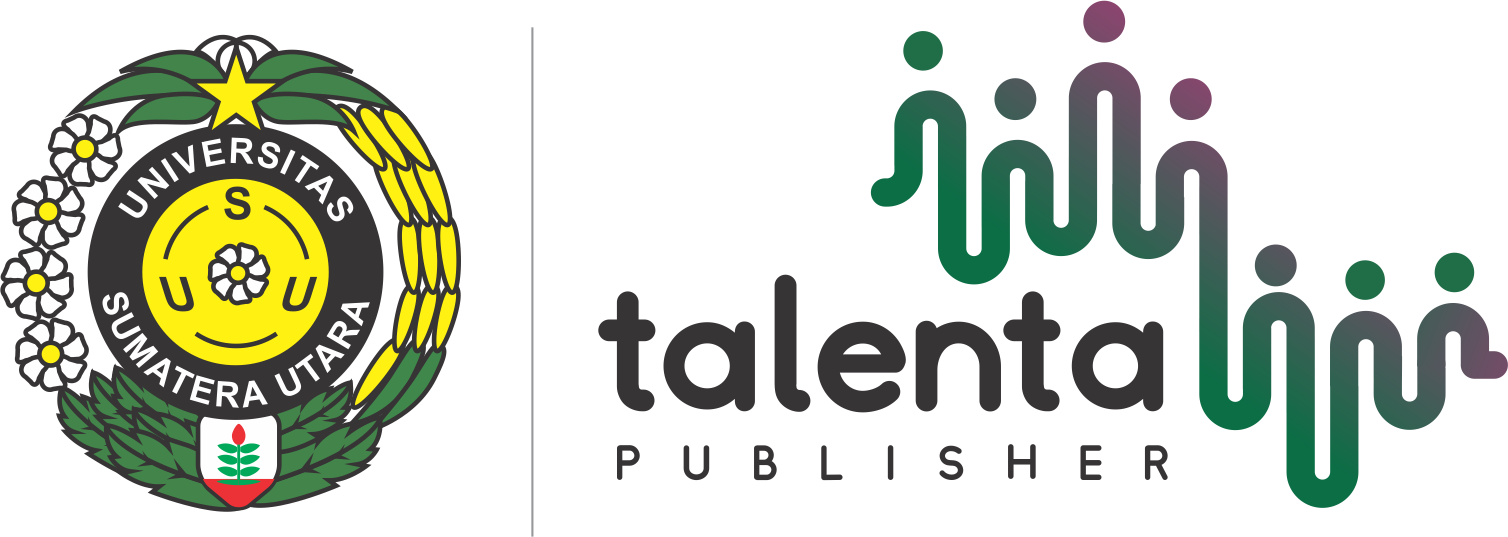Pengaruh Model Pembelajaran Problem Based Learning (Pbl) Dengan Menggunakan Media Power Point Terhadap Hasil Belajar Siswa pada Materi Larutan Asam Basa
The Influence of Problem Based Learning (PBL) Using Media Point on Student Learning Outcomes in Basic Acid Solution Materials
| Authors | ||
| Issue | Vol 2 No 1 (2019): Talenta Conference Series: Science and Technology (ST) | |
| Section | Articles | |
| Galley | ||
| DOI: | https://doi.org/10.32734/st.v2i1.334 | |
| Keywords: | PBL media power point hasil belajar larutan asam basa | |
| Published | 2019-01-30 |
Abstract
Penelitian quasi eksperiment ini bertujuan mengetahui pengaruh hasil belajar siswa yang diajar menggunakan model PBL(Problem based learning)dengan media power pointdan tanpa media power point pada larutan asam basa. Populasi seluruh siswa (3 kelas XI) SMA Budi Agung Medan ,sampel diambil 2 kelas secara random sampling (XIIPA3kelas eksperimen dan XI IPA2kontrol). Pengumpulan data menggunakan instrumen tes bentuk objektif sebanyak 22 soalsudah valid. Pengolahan data diperoleh rata-rata pre-test kelas eksperimen 26,07 dan kelas kontrol33,03; rata-rata post-testeksperimen 64,5 dan kontrol 63,21. Uji normalitas berdistribusi normal χ2 hitung <χ2 tabel, ; kedua sampel homogen (Fhitung< Ftabel;1,077455< 1,9775). Gain hasil belajar kimia siswa eksperimen > kelas kontrol;52,38% >45,72 %. Uji hipotesis pada α = 0,05 diperoleh thitung> ttabel: 0,949>0,6794;artinya Ha diterima dan Ho ditolak. Disimpulkan bahwa hasil belajar kimia siswa pada materi larutan asam basa dengan PBL dan media power point lebih tinggi dari PBL tanpa media power point , dan aspek kognitif yang paling berkembang adalah C3 (aplikasi) sebesar 58 %.
This quasi-experimental study aimed to determine the effect of student learning outcomes taught using problem based learning (PBL) models with and without power points media and on acid-base solutions. The population was all students (3 XI grade) of SMA Budi Agung Medan. The samples were 2 classes taken by random sampling (XI IPA3 as experiment class and XI IPA2 as control class). The data were collected using objective test as the instrument with 22 valid data. The data processing obtained was the average pre-test experimental class of 26.07 and the control class of 33.03; mean post-test experiment of 64.5 and controls of 63.21. The normality test was normally distributed χ2 count <χ2 table; both samples were homogeneous (F count <Ftable; 1.077455 <1.9775). Gain of chemistry learning outcomes of experimental students was higher than control class; 52.38%>45.72%. Hypothesis testing at α = 0.05 was obtained by using t count> t table: 0.949> 0.6794; meaning Ha was accepted and Ho was rejected. It was concluded that students' chemistry learning outcomes in basal acid solution material with PBL and power point media were higher than PBL without power point media, and the most developed cognitive aspect was C3 (application) by 58%.






